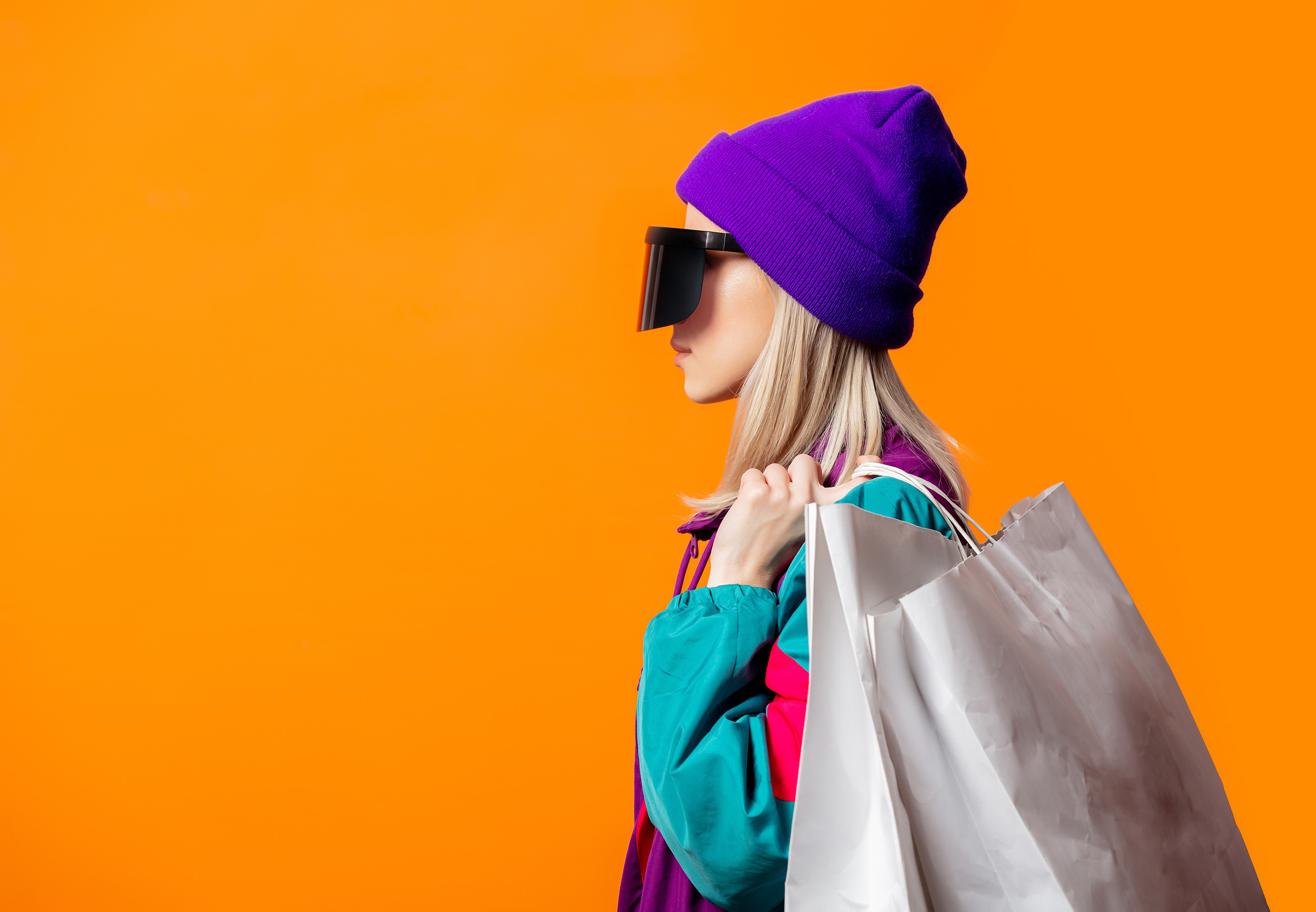Author: Parinaa Shah | Posted On: 27 Jul 2023
The digital experience has become increasingly important for retailers in Australia, as it has the potential to drive revenue growth, increase customer loyalty, and improve operational efficiency.
The value of e-Commerce to the Australian economy is underlined by retail market research we conducted for PayPal in 2022 which shows that on a monthly basis, consumers spent an average of $593 in e-commerce across a variety of categories. Other research that we undertook for CBA in 2021 found that, during the COVID-19 pandemic, consumer engagement in domestic online retail shopping increased by 49%. The key learning being that retailers who have a stronger and more noticeable online presence, or are willing to adapt to changing needs, are likely to experience revenue growth. Especially when considering that more than 80% of Australians were shopping online in 2021.
Customer expectations of the online shopping experience are continuing to evolve. Convenience is expected across all channels and from all retailers. Our research for CBA shows that customers want fast, convenient and reliable delivery when shopping online. The convenience of a safe and fast QR check in process when shopping in-store, is also considered to be important for customers.
Digital technologies have been a key enabler of these changes, providing retailers with new and innovative ways to engage with customers, such as social media, mobile apps, and personalised emails. Digital also enables retailers to collect and analyse customer data at scale, which can be used to gain insights into customer behaviour and preferences, helping retailers to better serve their customers.
Examples of digital technologies that retailers are using to enable a more customer-centric experience include:
- Artificial intelligence (AI) and machine learning (ML): Retailers can use AI and ML algorithms to analyse customer data and behaviour patterns, providing personalised recommendations and product suggestions. The Iconic uses machine learning algorithms to personalise product recommendations for customers based on their browsing and purchase history.
- Augmented reality (AR) and virtual reality (VR): AR and VR can be used to create immersive experiences for customers, allowing them to try on clothes virtually or see how furniture looks in their homes. Australian furniture retailer Koala uses AR technology to allow customers to see how their furniture will look in their homes before making a purchase.
- Chatbots and virtual assistants: Retailers can use chatbots and virtual assistants to provide 24/7 customer support and answer common questions, freeing up employees to focus on more complex tasks. Google Assistant, Amazon’s Alexa and Apple’s Siri are the most well-known and utilised examples of such technology. American supermarket chain, Walmart’s shoppers use Google Assistant to add items to their cart and let the store learn their buying habits.
- Internet of Things (IoT): IoT sensors can be used to track customer behaviour in-store, such as which products they pick up and put down and use that data to optimise store layout and product placement. This technology also consists of smart home devices such as security systems or home heating and cooling. Amazon Go stores are equipped with IoT sensors to let shoppers pick their items of choice and walk out with them. Payments are processed automatically and allow for a quicker shopping experience.
- Mobile apps: Retailers can create mobile apps that allow customers to browse and purchase products, track orders, and receive personalised recommendations. Examples of this include the ‘Nike’ app, which provides users with specific product recommendations based on their previous purchase patterns, as well as early access offers redeemable for members.
- Wearables: Apps and features for wearable devices such as smartwatches, can provide customers with quick and easy access to information such as store locations and product availability. In the past, Nike has collected user data from its Nike FuelBand and Nike app to better understand the customer’s fitness habits and assist with picking the right products for them.
- Contactless technology: Quick Response (QR) Codes, allow for time-efficient interactions, whether they’re related to leaving a customer service review, finding products you want, or more famously, checking-in to retail locations during the pandemic. Zara’s QR system, lets shoppers scan products on the rack in-store, to view available sizes and colours it may have, via the Zara app.
- Biometrics: Biometric technology such as facial recognition or fingerprint scanning, can be used to identify customers and offer a more personalised experience, such as customised product recommendations or payment options. Trying to find the ‘right’ shade when purchasing cosmetics is an overwhelming issue which many shoppers face. To further the in-store customer experience, beauty giant Sephora has developed Colour IQ technology to skin and shade match customers with products that are more suitable for them.
The examples laid out above have all been beneficial to both business and consumers, but there is always a need to make sure they are used responsibly. Kmart, Bunnings, and The Good Guys recent use of biometrics such as facial recognition technology in stores, raised concerns among privacy experts and has led to a reassessment of how retailers should use AI systems. A holistic and forward-thinking approach is needed to make sure such technologies create positive change for all those involved. Considering not only ways to drive value for the business, but also value for the customer.
If you are interested in exploring the possibilities of conducting your own retail market research project and want to know how it can benefit your organisation, please reach out today.
Posted in TL, B2B, Consumer & Retail, Financial Services, QN, Technology & Telco

